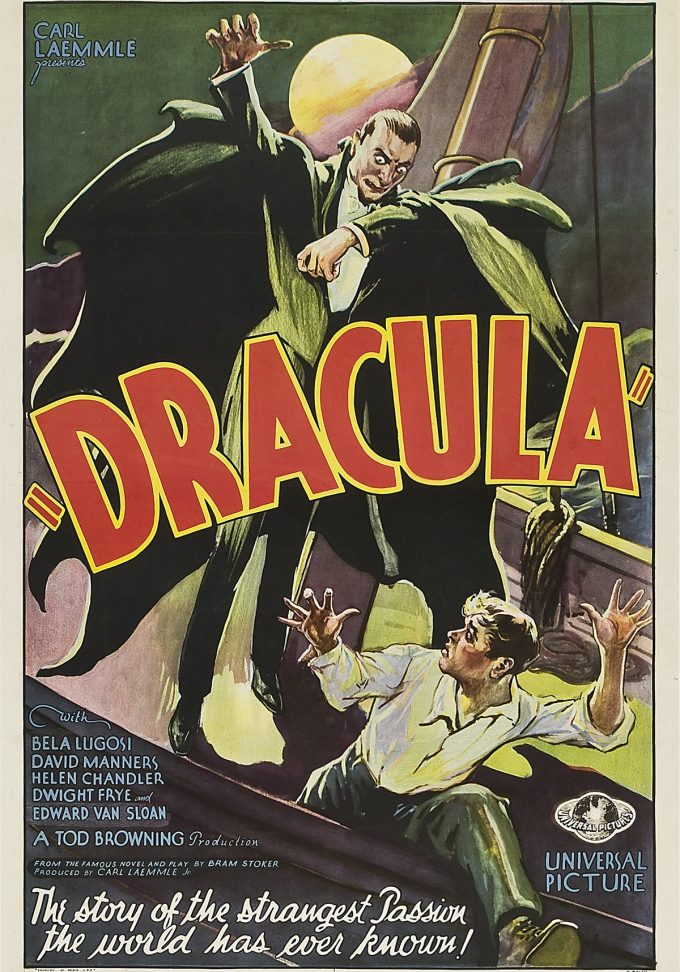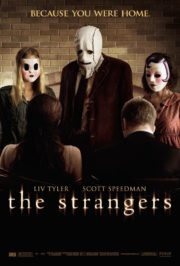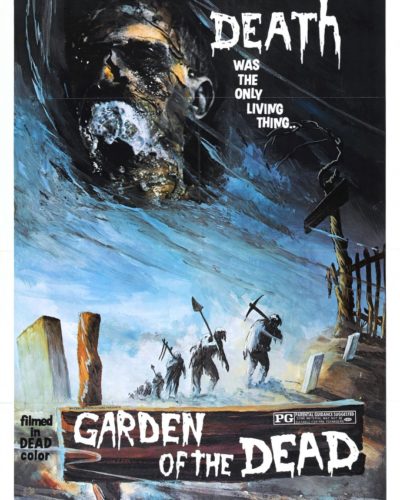Whispers in the Shadows: The Unending Chill of Dracula
“Listen to them. Children of the night. What music they make.” This haunting line, spoken by Count Dracula himself, encapsulates the eerie allure of the 1931 gothic classic, “Dracula.” Directed by the legendary Tod Browning, this film introduced audiences to the quintessential vampire, memorably portrayed by Bela Lugosi. In an era of silent cinema transitioning to sound, “Dracula” weaves a tale of an enigmatic Transylvanian noble who brings his undead curse to England, casting a shadow of terror over its inhabitants.
Fog-Clad Dread: Atmosphere and Terror
Atmosphere and Tone: With a shroud of gothic atmosphere, “Dracula” transports its audience into an age of shadow and dread. The horror stems less from outright gore and more from the oppressive feeling of the unknown. Browning masters the art of suspense and forerunning doom, utilizing silence and the chilling absence of music to increase the sense of unease. His approach deftly draws viewers into the inherent fright of the vampire legend, reliant on what’s unseen and lurking in the dark rather than overt shocks.
Painterly Darkness: Cinematography That Haunts
Cinematography and Visuals: The use of stark contrast, with deep shadows playing against the meager light, creates a visual metaphor for the battle between life and undeath. The cinematography, led by Karl Freund, lays the groundwork for future horror aesthetics. Meticulous camera angles and the inventive use of special effects, such as the ethereal appearance of Dracula’s castle and his mesmerizing transformations, provoke a hauntingly beautiful visual experience that remains stylistically influential.
Whisper and Echo: The Power of Silence
Soundtrack and Effects: While “Dracula” features minimal background music, its strategic use of sound effects and silence amplifies the film’s ability to horrify. The sporadic bat flutters, the distant howling of wolves, and the unsettling stillness that often precedes Dracula’s appearances, are all meticulously designed to play upon the audience’s primal fears, illustrating that sometimes nothing can be more frightening than the quiet anticipation of horror soon to befall.
Marionettes of Macabre: Lugosi’s Legacy and More
Performances: Lugosi’s portrayal of Count Dracula is nothing short of iconic. His charismatic yet menacing demeanour sets a high bar for all subsequent adaptations. The tight-lipped performance of Edward Van Sloan as the knowledgeable Professor Van Helsing provides a formidable adversary to Lugosi’s night creature. The actors contribute immensely to the film’s sense of horror, with their dramatically drawn expressions and movements reflecting the theatrics of the time, cementing their characters in the collective memory of horror enthusiasts.
A Legacy of Fright: Genre and Tropes
Type of Horror: Emphasizing psychological and supernatural elements over explicit violence, “Dracula” set the standard for vampire lore. It challenges the subgenre’s conventions by grounding the otherworldly terror in a reality the audience could recognize, making the fear more personal and pervasive. The film also touches lightly upon themes of sexuality and predation, adding layers to the simple narrative.
Reflections in a Dark Mirror: The Resonance of Dracula
Themes and Impact: Beyond mere frights, “Dracula” dissects themes of mortality, power, and the perverse allure of the forbidden. It probes the Victorian psyche and societal norms using horror as a backdrop to explore deeper human conditions and fears. This subtext enriches the film’s legacy, granting it a timeless quality that continues to invite analysis and imitation.
Film’s Effectiveness: As a horror film, “Dracula” stands as a paradigm of atmosphere and mood. Its terror is subtle yet insistent, woven into the fabric of the film and persisting long after the credits roll. For those seeking kinetic horror or graphic content, it may seem anachronistic. Nonetheless, it remains a masterclass in tension and dread for connoisseurs of psychological horror and those with an affinity for classic cinema.
Recommended for: A must-watch for horror aficionados, film historians, and anyone captivated by the legacy of the vampire mythos. Its appeal to a broad audience is unquestionable, though its slower pace and dated effects may not resonate with all modern viewers.
In the Shadow of the Vampire: A Concluding Bite
Despite its age, “Dracula” (1931) endures as a cornerstone of the horror genre. Its strengths lie primarily in Lugosi’s mesmerizing performance, groundbreaking visuals, and the chilling atmosphere that invites viewers into the Count’s dark world. Its weaknesses are largely products of its time, with a pace and style that may not grip contemporary audiences accustomed to relentless scares. Yet, for those seeking the genesis of movie vampires and an understanding of how horror can be evoked through suggestion and shadow, Dracula proves itself an essential experience. As a macabre cultural artifact, it’s a journey worth taking, one that has left an indelible mark on the tapestry of terror in cinema. Viewer discretion is advised for the faint of heart, for “Dracula” charms as effectively as it chills.




